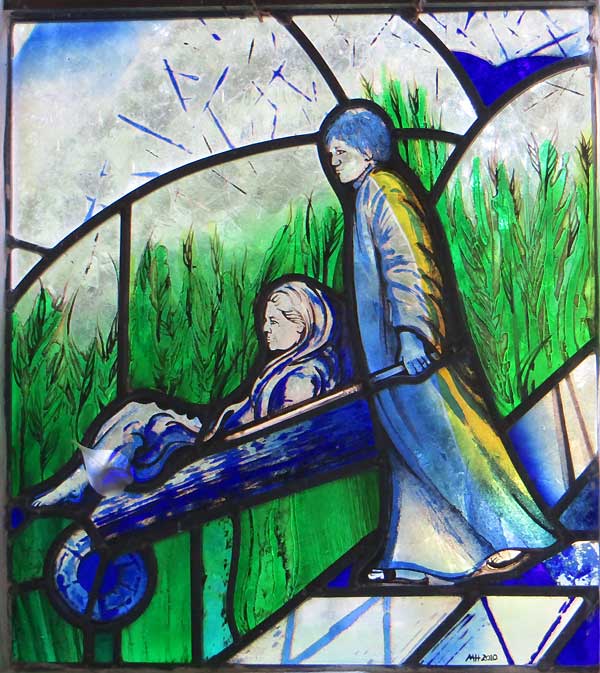
If you have been following this blog for some time you may have noticed how insanely partial I am to women who ride around in wheelbarrows, whether these are propelled by kind husbands or terrible devils. I have even posted a short picture story of a mother ape trying to save her little ones from a savage bear with the help of this locomotive instrument, though apparently with only limited success.
Now I think I have identified the original for all this wheelbarrow pushing: it seems that the first man who pushed, or more prabably pulled, a woman around on this vehicle was Saint Cuthman:
A turning point in Cuthman’s life was the death of his father, which left both him and his mother destitute. They decided to leave their home and journey eastwards – in the direction of the rising sun. By this time, Cuthman’s mother was an invalid and so he had to push her in a wheeled wooden cart. A rope that stretched from the handles to the saint’s shoulders helped carry the burden. When the rope snapped, he made a new one out of withies. The local haymakers laughed at Cuthman’s rather pathetic efforts, but Providence soon responded to their merriment by sending a sudden rainstorm, destroying their harvest. Later versions of the story say that, from that moment onwards, it always rained in that field during the haymaking season.
Cuthman decided that once this replacement rope made of withies broke, it would be a sign from God to settle at that place and build a church. This happened at Steyning, which, according to the Acta Sanctorum, was ‘a place lying at the base of a lofty hill, then woody, overgrown with brambles and bushes, but now rendered by agriculture fertile and fruitful, enclosed between two streams springing from the hill above.’
[From a full Story of St. Cuthman, irrelevant here but not lacking interesting details]
Here is a particularly Lear-like Medieval (?) image of St Cuthman at work:
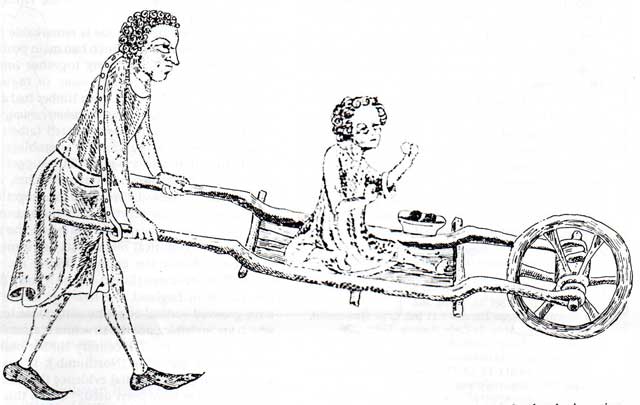
My inexcusable ignominous ignorance in these matters is obvious if you consider that I found out about Cuthman only by reading Bernard Cornwell’s The Pale Horseman, where reference to him is made in passing by a desperate Alfred the Great, while in lockdown and suffering withdrawal symptoms after watching the fourth season of The Last Kingdom. However, the saint has also been the protagonist Christopher Fry’s first play, The Boy with a Cart (1938), the cover for which book correctly shows that Cuthman must have pulled the wheelbarrow rather than pushed it.
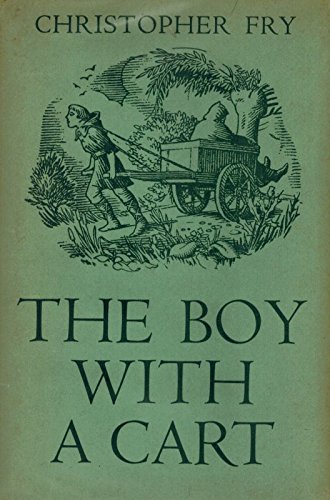
More wheelbarrows with human cargo:
Etching with engraving by W.Y. Ottley after the Monogrammatist bxg:
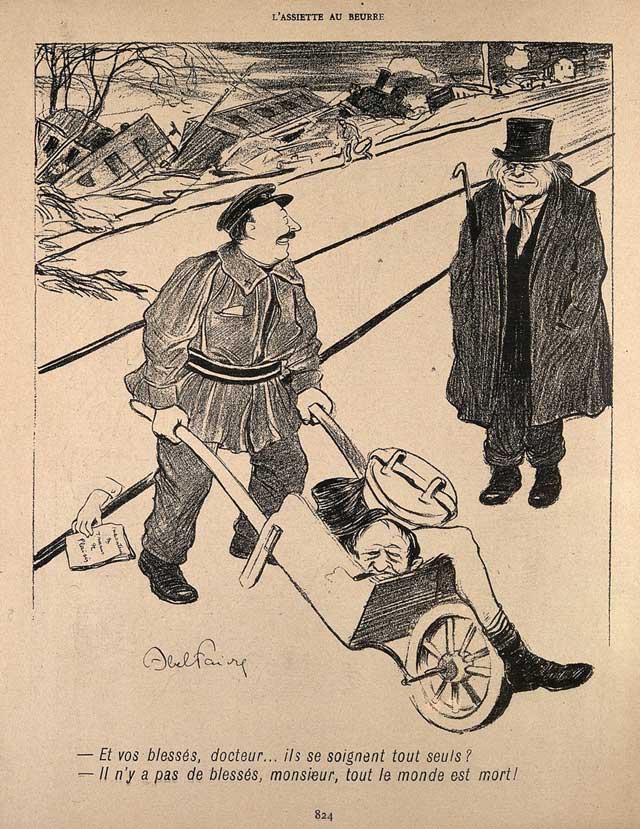
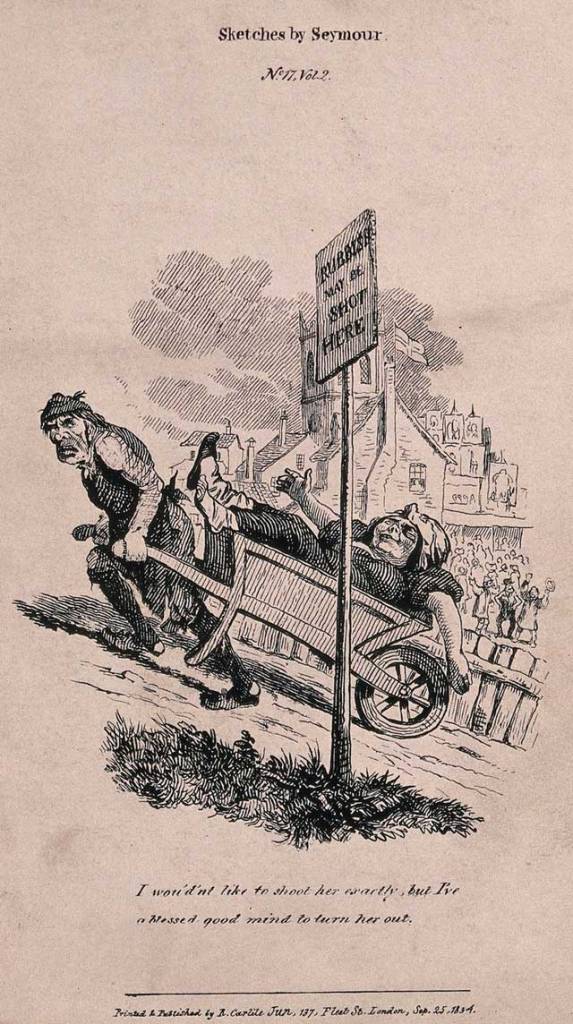
All these from the Wellcome collection.

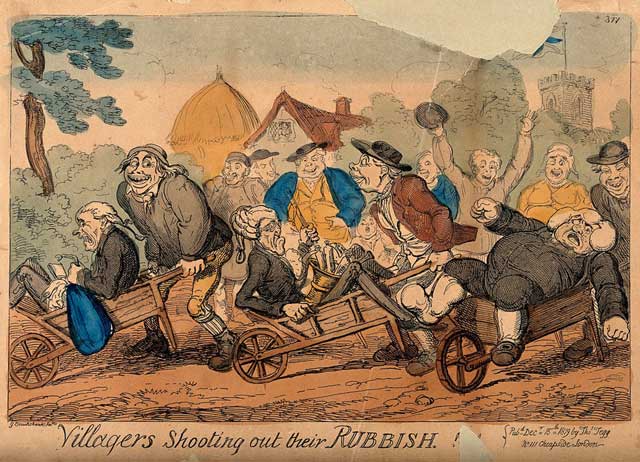
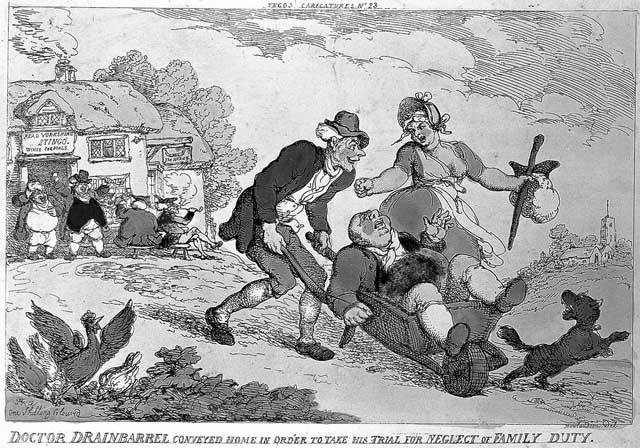
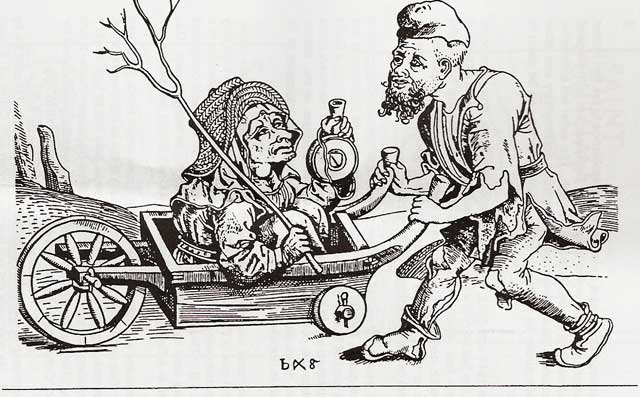
Pushing or pulling, uphill or downhill, with the transported going and looking forward or going forward looking backward or sitting as in a caboose going forward looking backward at the ground covered, the passed anecdotally and the past metaphysically, how many possibilities of academic pigeonholing here without even considering speculation on the love-hate and of course saintliness expressed on all those faces as we yearn for movement, even in a bloody wheelbarrow, in our late- afternoon stasis.
There is some wheelbarrowing a third of the way into Federico Fellini’s mock-documentary, ‘The Clowns’ (1970). A hefty wife fetches her feeling-no-pain husband home from the osteria. An elderly man, he sits, novelly, with his legs over the side. It seems that a wheelbarrow with someone in it often appeared in the routines of circus clowns.
Something for you here, Marco: